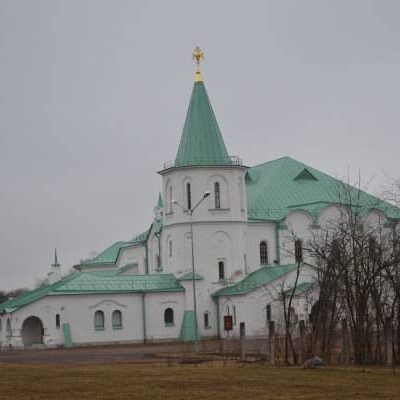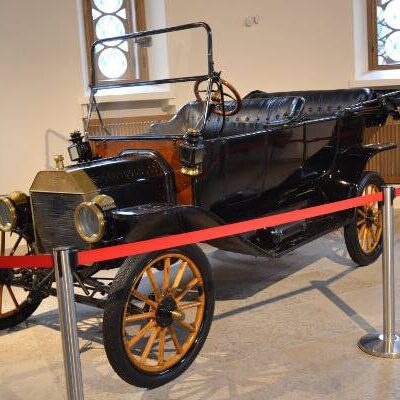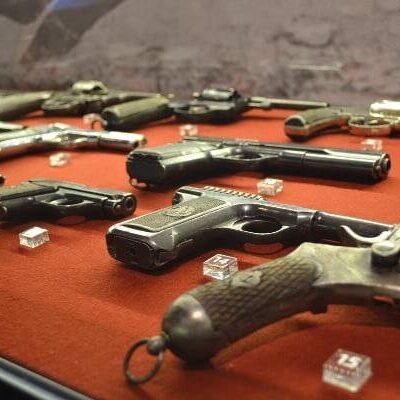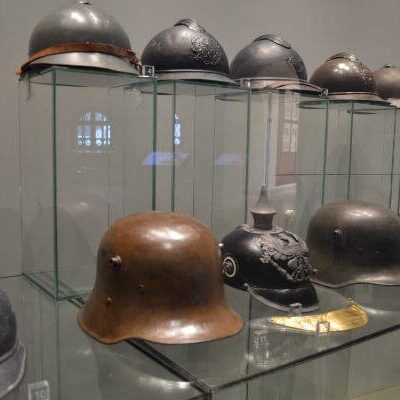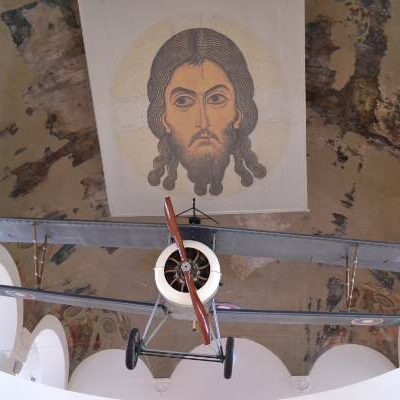
A new museum has recently been opened in the Tsarskoye Selo (where the Catherine Palace with the famous Amber room is located). It is the first museum in Russia devoted to the Great War, which is generally known as the World War I. The museum houses more than 700 exhibits that illustrate the conflict, in which over 30 countries participated and which affected the entire course of history of the 20th century.
The history of the museum started in 1911 during the vast celebrations of the 200th anniversary of the Tsarskoye Selo residence. It was precisely then, when Nicholas II was presented with a large collection devoted to the wars, in which Russia had to take part during its history. The collection included engravings, watercolors, lithographs, porcelain, arms and armor of preceding ages and many other objects. In 1912, a decision was taken to open a museum of Russian war history and to construct a special building to house the collection.
The building had to be designed keeping with forms of the Novgorod architecture to harmonize with the appearance of the buildings nearby including the Feodorovsky cathedral. When the World War I started, the museum was still under construction. The Tsar ordered to organize a hospital for wounded soldiers inside. However it did not work out, and it was decided to enlarge the museum with a new section devoted to the current war. What is more, one more gallery was added to the building – the St George’s Gallery. On display there were portraits of St George’s Cross cavaliers. Usually the artists represented soldiers from life, sometimes from photographs or even from descriptions sent from the front. There used to be 150 portraits. Now 58 are on display.
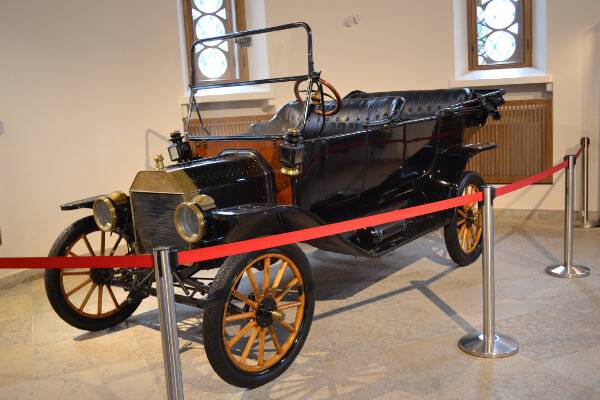
After the Revolution of 1917, the museum buildings were handed over to the Agricultural Institute for meetings and film showing. The collection was split up between museums; some samples of the military trophies were tuned into functioning weapons during the Civil war; others were sent to archives of Moscow and St Petersburg as witnesses of war denounced as “imperialistic and fratricidal”. During the World War II, the buildings suffered badly from bombing. In 1970s, the complex was restored and given to workshops and in 2001 the Martial Chambers received the status of a cultural heritage object of federal significance and in 2010 it became the property of Tsarskoye Selo Museum-Preserve.
In 2014, we celebrated 100th anniversary since the break out of World War I. This is when the museum was opened again to the public at large. Now you can see on display objects that explain the causes and the start of the war; interrelationships among the leaders of the Entente states and the Triple Alliance countries; uniforms, equipment and weapons of the countries participating in the military confrontation. The exhibition helps visitors to understand the activities of the Stavka of the Supreme Commander and the military clergy, the everyday life of the Imperial family and the work of medical nurses. Inside the museum, you will even find an original aircraft on display. A gem of the collection is the Banner of the 112 Ural Infantry Regiment. During the war, in order to save in from the enemy, the banner was buried by the retreating Russian soldiers. It returned to Russia only a century later.
So if you are interested in the history of the 20th century, do not miss the chance to visit this unique museum!

